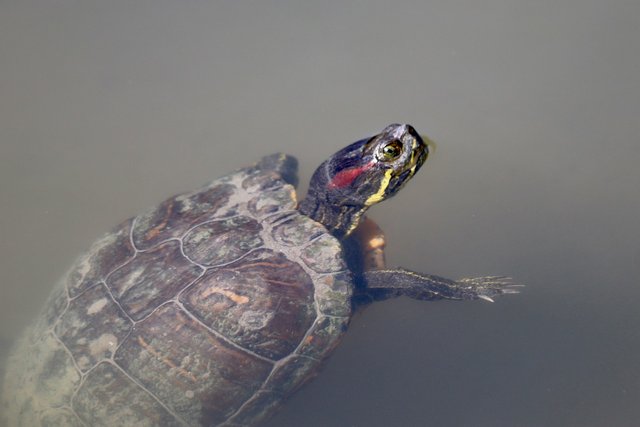Turtles

Turtles are reptiles from the order Testudines that are known for their hard shells as part of their bodies. This shell serves as protection against predators and consists of two main parts: the carapace (upper part) and the plastron (lower part). Turtles have various sizes, ranging from small turtles such as box turtles that are only a few centimeters long, to giant turtles such as Aldabra or Galapagos tortoises that can weigh hundreds of kilograms.
Turtles are found in a variety of habitats, including land, freshwater, and sea. Land species, such as the sulcata tortoise, live in grasslands and deserts, while freshwater turtles such as the Brazilian tortoise live in ponds or rivers. Marine turtles, such as the green turtle, spend most of their lives in the ocean.
As herbivores, omnivores, or carnivores depending on the species, turtles have a variety of diets. Land turtles typically eat plants such as leaves, fruits, and flowers, while aquatic turtles often prey on small fish, insects, or snails.
One of the characteristics of turtles is their long lifespan. Some species can live more than 100 years. This factor, combined with their low reproductive rate, makes turtles vulnerable to threats such as habitat loss, hunting, and illegal trade.
Turtles also have symbolic meanings across cultures, often representing longevity, wisdom, and stability. However, many turtle species are now at risk of extinction, making their protection and conservation essential to ensure their survival.
